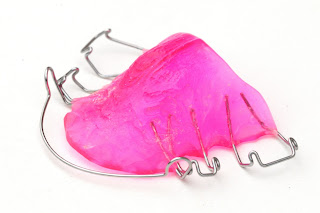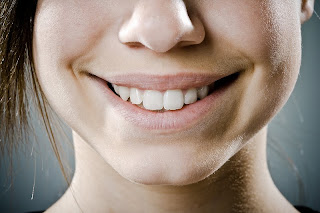Orthodontic Emergency? We can help!
June 18th, 2012
 True orthodontic emergencies are very rare, but when they do occur we are available to you. As a general rule, you should call the office when you experience severe pain or when you have a painful appliance problem that you can't take care of yourself. We’ll be able to schedule an appointment with our office.
True orthodontic emergencies are very rare, but when they do occur we are available to you. As a general rule, you should call the office when you experience severe pain or when you have a painful appliance problem that you can't take care of yourself. We’ll be able to schedule an appointment with our office.
You might be surprised to learn that you may be able to temporarily solve many problems yourself until you get in to see us…
The following solutions may help you relieve your discomfort:
Poking Wire: Using a pencil eraser, push the poking wire down or place wax on it to alleviate the discomfort.
Loose Bracket or Band: If your bracket or band is still attached to the wire, you should leave it in place and put wax on it. If the wire comes out entirely, wrap the bracket with a tissue.
Loose Wire: Using a tweezers, try to place your wire back into place. If doing this and using wax does not help, as a last resort use a small fingernail clipper to clip the wire behind the last tooth to which it is securely fastened. If your discomfort continues, place wax on it.
Loose Appliance: If your appliance is poking you, place wax on the offending part of your appliance.
Headgear Does Not Fit: Sometimes headgear discomfort is caused by not wearing the headgear as instructed by your orthodontist. Please refer to the instructions provided by your orthodontist. If the facebow is bent, please call our office for assistance. Surprisingly, headgear becomes more comfortable the more it's worn, so be sure you’re getting in the prescribed hours.
General Soreness: When you get your braces on, you may feel general soreness in your mouth and teeth may be tender to biting pressures for three to five days. This can be relieved by rinsing your mouth with a warm salt water mouthwash. Dissolve one teaspoonful of salt in 8 ounces of warm water, and rinse your mouth vigorously. If the tenderness is severe, take aspirin or whatever you normally take for headache or similar pain.
Remember, after alleviating your discomfort, it is still very important that you call our office as soon as possible to schedule a time to repair the problem.











